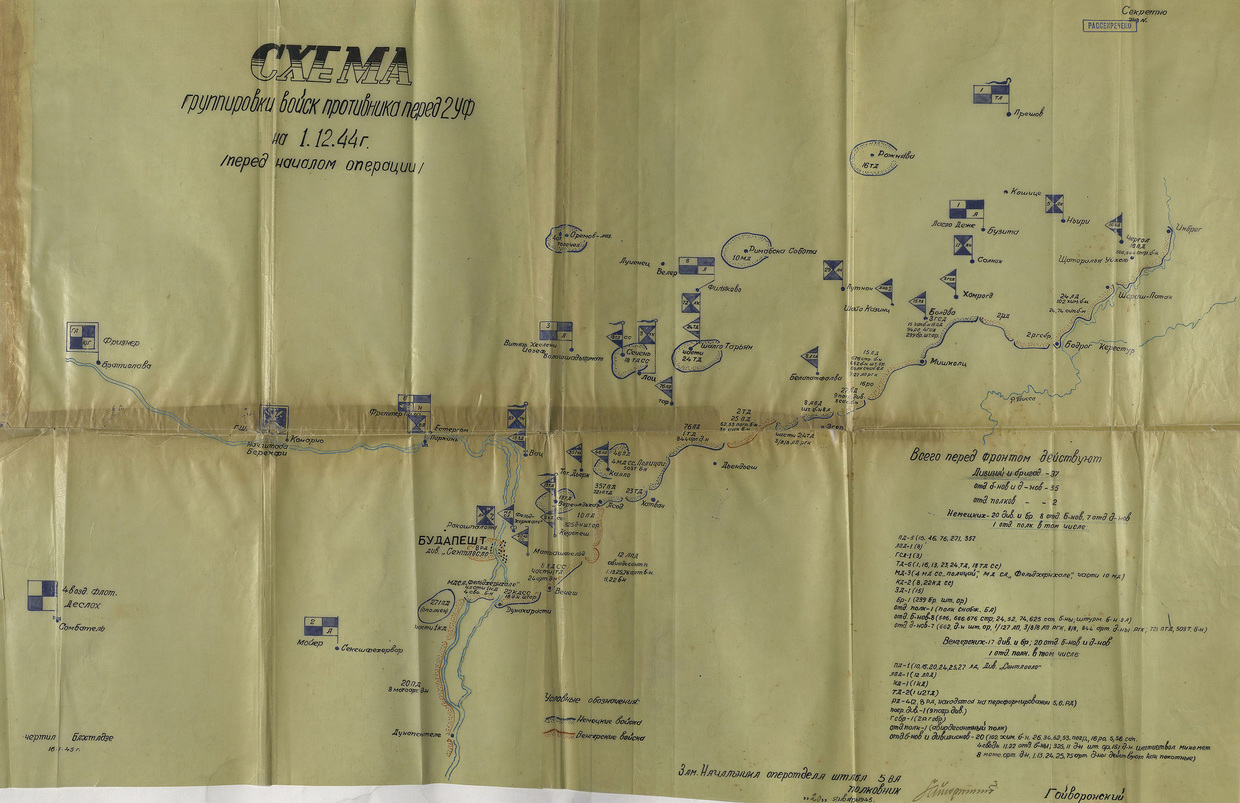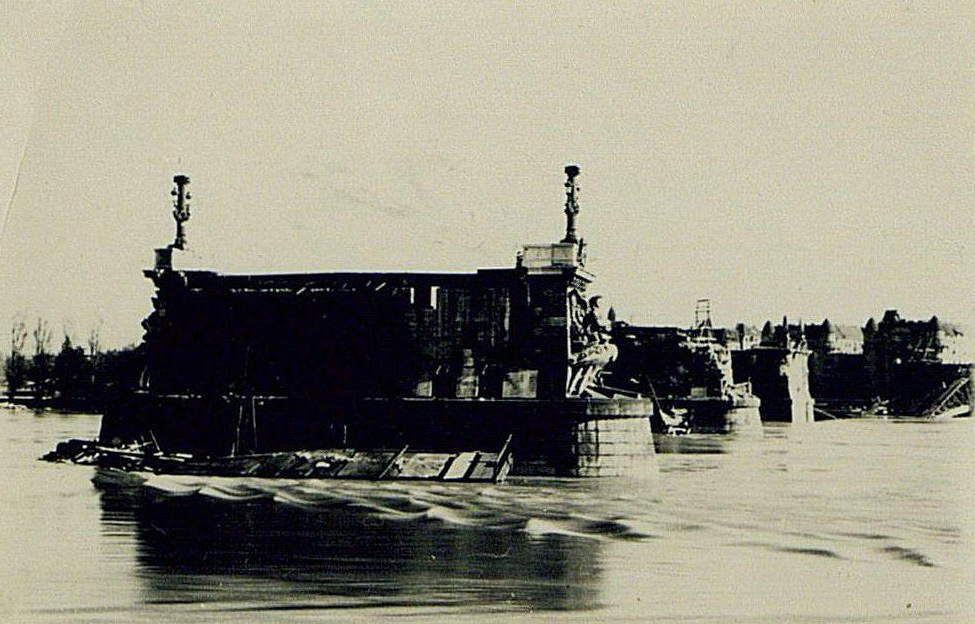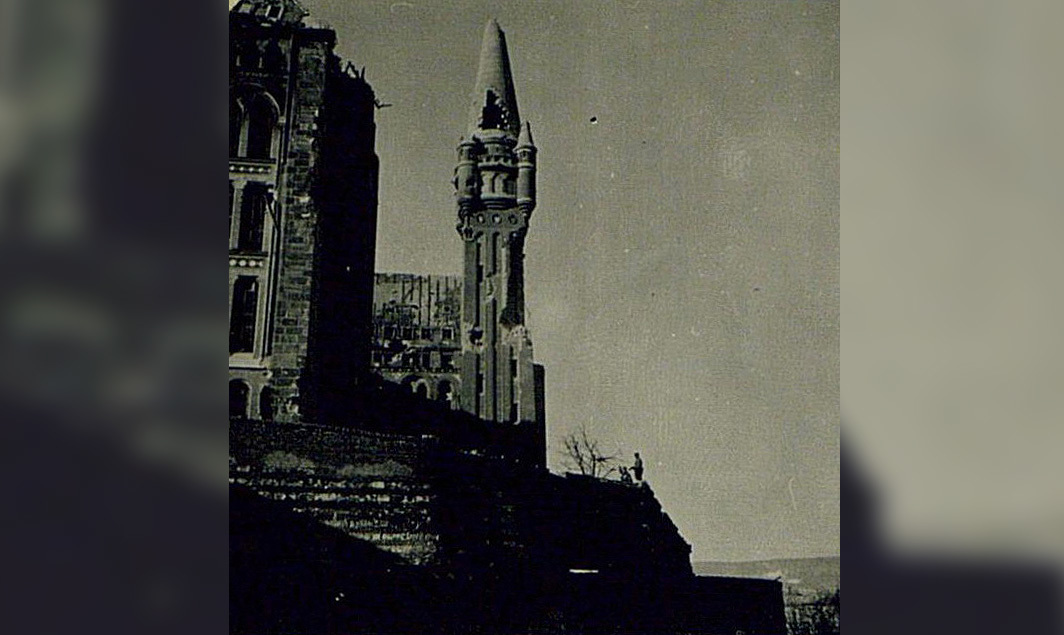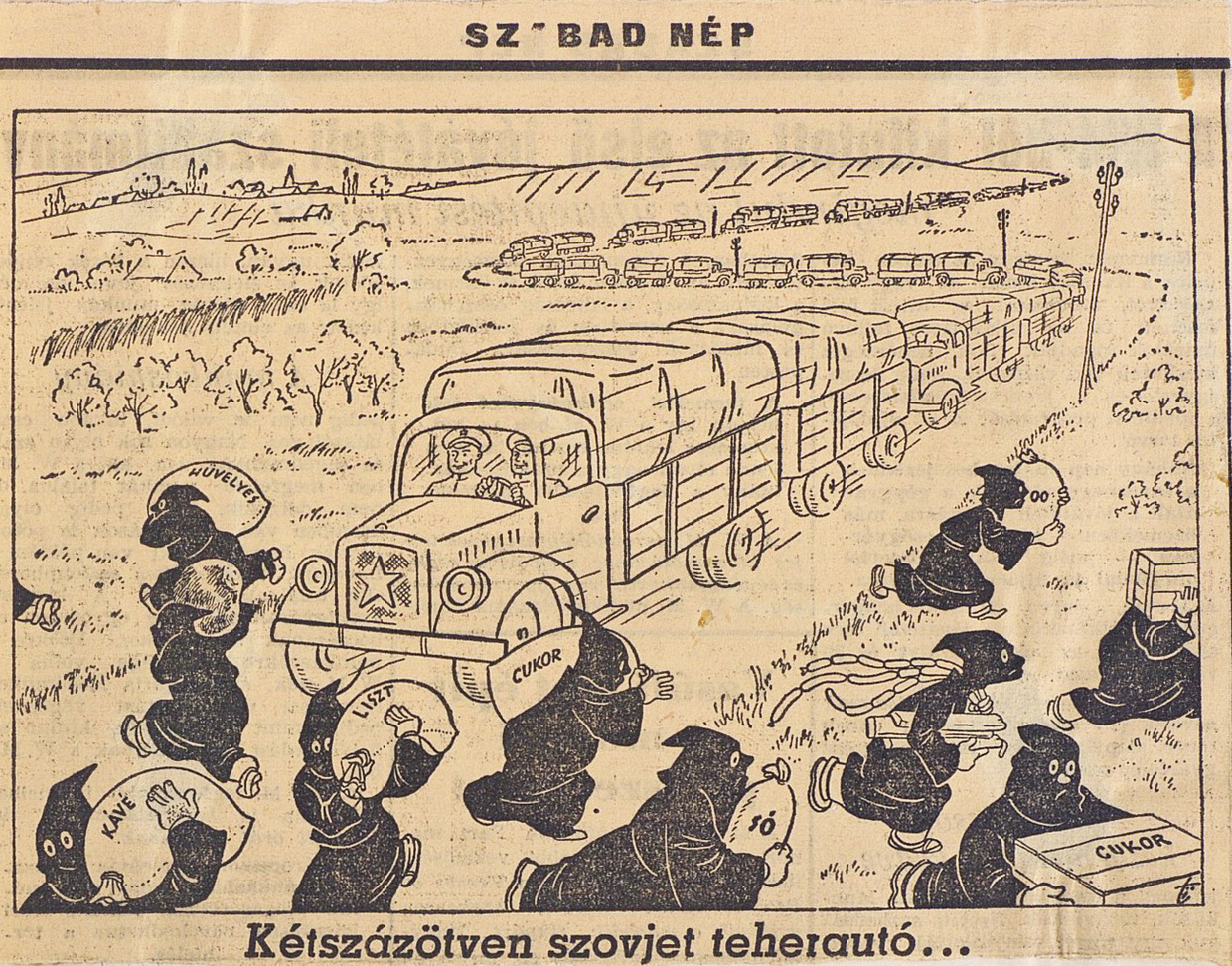The Soviet offensive in Hungary and siege of its capital Budapest was a key milestone in defeating the Nazis. For its 75th anniversary, Russia has declassified archived documents and photos, giving new insights into the bloodbath.
Hungary was an ally of Nazi Germany, providing troops and resources for the war effort, sharing in its land grabs and pillaging of conquered territories, as well as collaborating in war crimes. But as the tide turned on the battlefields, the relationship became strained, as the government in Budapest weighed up its options and was preparing to leave the Axis camp.
In March 1944, Hitler sent German troops to de facto occupy its ally, a source of crucial oil supplies, and later replaced Hungarian dictator Miklos Horthy with a figurehead. The short period was disastrous for Hungarian Jews, who were previously somewhat protected from genocide at Nazi hands by their nation's sovereignty.
Soviet troops and their Romanian allies crossed into Hungary in late September. They were given strict orders to act as a liberating force despite the possibility of being met with hostility. Hungarians should be allowed to carry on with their lives, an order of the Soviet high command said, as long they are not acting directly against the Red Army, their property rights protected and their labor and goods paid fair prices. The offensive is “a military necessity caused by continued resistance of the German troops” and Hungarian units allied with them.

Fortress city
Map showing disposition of troops as on December 1, 1944. © Russian Defense Ministry
Three months later, the advancing troops laid siege to Budapest. The capital was declared a ‘fortress city’ by its Nazi overlords, who demanded that it be defended to the last soldier. Surrender was not considered an option, and when the proposal to lay down arms came from the Soviets, the Germans once again showed that the norms of war meant little to them.
The two Soviet envoys who delivered the message were attacked and killed by the German troops. The newly declassified papers include the interrogation report of a Hungarian general, who says he only got wind of the Germans' atrocity in mid-January. "The news horrified everyone and nobody wanted to believe it," he told his Soviet captors.

The western part of the Margaret Bridge was damaged by artillery fire and later demolished by retreating defending troops. © Russian Defense Ministry
The street battles in Budapest were brutal for both sides. By the time of capitulation on February 13, 1945, the Germans and Hungarians had sustained some 190,000 casualties, the post-siege report says. The Soviet-led forces lost 80,000 lives while 240,000 troops were injured.

The building of the state archive was used as a heavy machine gun position. © Russian Defense Ministry
The city itself was heavily damaged. All the bridges across the Danube River were blown up by the defending forces as they retreated to Buda, the western part of the city. Historic buildings used as sniper positions or fortifications were dotted with bullet holes. Streets were littered with destroyed tanks and artillery pieces.
Aftermath
Defeating the Nazis and their Hungarian supporters in Budapest was a strategic military victory for the Soviets. Exactly two months later, Vienna followed and soon a red flag was flying over the German Parliament building in Berlin.
Back in Hungary, the Soviet commanders had problems of another kind. Many of their own troops knew too well of the atrocities that Hungarian soldiers had committed just a few years ago. It took a lot of convincing (and a threat of harsh punishment) to ensure that the civilians were fellow proletarians and victims of the Nazis rather than their accomplices to deter those seeking revenge.

A cartoon in a June 1945 paper showing a soviet food convoy unsettling black market traders. © Russian Defense Ministry
The Soviets were still a foreign armed presence in Budapest, and some say Moscow's promise that it was coming as a liberator and not a conqueror was false, which eventually led to the rebellion of 1956. But in 1945, their victory meant there would be no more fighting. The troops were busy defusing mines left behind by the Germans, securing food deliveries to the starved city, and tearing down the walls of the Budapest ghetto with some 70,000 survivors.
RT
Hungary was an ally of Nazi Germany, providing troops and resources for the war effort, sharing in its land grabs and pillaging of conquered territories, as well as collaborating in war crimes. But as the tide turned on the battlefields, the relationship became strained, as the government in Budapest weighed up its options and was preparing to leave the Axis camp.
In March 1944, Hitler sent German troops to de facto occupy its ally, a source of crucial oil supplies, and later replaced Hungarian dictator Miklos Horthy with a figurehead. The short period was disastrous for Hungarian Jews, who were previously somewhat protected from genocide at Nazi hands by their nation's sovereignty.
Soviet troops and their Romanian allies crossed into Hungary in late September. They were given strict orders to act as a liberating force despite the possibility of being met with hostility. Hungarians should be allowed to carry on with their lives, an order of the Soviet high command said, as long they are not acting directly against the Red Army, their property rights protected and their labor and goods paid fair prices. The offensive is “a military necessity caused by continued resistance of the German troops” and Hungarian units allied with them.

Fortress city
Map showing disposition of troops as on December 1, 1944. © Russian Defense Ministry
Three months later, the advancing troops laid siege to Budapest. The capital was declared a ‘fortress city’ by its Nazi overlords, who demanded that it be defended to the last soldier. Surrender was not considered an option, and when the proposal to lay down arms came from the Soviets, the Germans once again showed that the norms of war meant little to them.
The two Soviet envoys who delivered the message were attacked and killed by the German troops. The newly declassified papers include the interrogation report of a Hungarian general, who says he only got wind of the Germans' atrocity in mid-January. "The news horrified everyone and nobody wanted to believe it," he told his Soviet captors.

The western part of the Margaret Bridge was damaged by artillery fire and later demolished by retreating defending troops. © Russian Defense Ministry
The street battles in Budapest were brutal for both sides. By the time of capitulation on February 13, 1945, the Germans and Hungarians had sustained some 190,000 casualties, the post-siege report says. The Soviet-led forces lost 80,000 lives while 240,000 troops were injured.

The building of the state archive was used as a heavy machine gun position. © Russian Defense Ministry
The city itself was heavily damaged. All the bridges across the Danube River were blown up by the defending forces as they retreated to Buda, the western part of the city. Historic buildings used as sniper positions or fortifications were dotted with bullet holes. Streets were littered with destroyed tanks and artillery pieces.
Aftermath
Defeating the Nazis and their Hungarian supporters in Budapest was a strategic military victory for the Soviets. Exactly two months later, Vienna followed and soon a red flag was flying over the German Parliament building in Berlin.
Back in Hungary, the Soviet commanders had problems of another kind. Many of their own troops knew too well of the atrocities that Hungarian soldiers had committed just a few years ago. It took a lot of convincing (and a threat of harsh punishment) to ensure that the civilians were fellow proletarians and victims of the Nazis rather than their accomplices to deter those seeking revenge.

A cartoon in a June 1945 paper showing a soviet food convoy unsettling black market traders. © Russian Defense Ministry
The Soviets were still a foreign armed presence in Budapest, and some say Moscow's promise that it was coming as a liberator and not a conqueror was false, which eventually led to the rebellion of 1956. But in 1945, their victory meant there would be no more fighting. The troops were busy defusing mines left behind by the Germans, securing food deliveries to the starved city, and tearing down the walls of the Budapest ghetto with some 70,000 survivors.
RT



0 comentarios:
Publicar un comentario